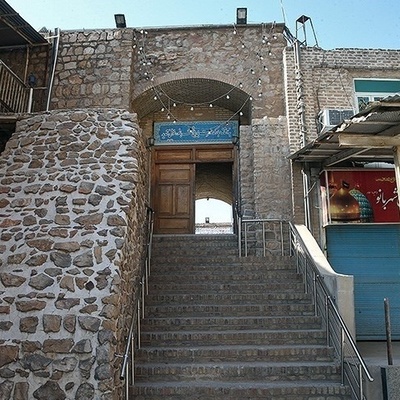SAEDNEWS: Saadi, the celebrated 13th-century poet, is universally recognized among Iranians for his profound literary contributions, notably his landmark works "Boostan" and "Golestan," which stand as cornerstones of Persian literature.

The tomb of Saadi, a master of words often overshadowed by Hafez, is quietly visited by travelers. Located near Delgosha Garden in Shiraz, the site was originally Saadi’s Khanqah, where he lived. The current building, designed by architect Mohsen Forooqi in 1951, is surrounded by a vast garden that evokes a poetic atmosphere.
Over the centuries, the tomb has undergone multiple restorations. After Saadi’s death, a tomb was first built, later damaged under various rulers. Karimkhan Zand commissioned a new tomb, and further restorations occurred during the Qajar and Pahlavi eras, culminating in the 1951 reconstruction.



Saadi, the 13th-century Persian poet, is celebrated for his masterpieces Boostan and Golestan, which remain pillars of Persian literature.
Saadi’s tomb, less visited than that of Hafiz, is located near Delgosha Garden in Shiraz. The site was originally Saadi’s Khanqah, where he lived. The current building, designed by architect Mohsen Forooqi, was completed in 1951, surrounded by a lush garden creating a poetic atmosphere.
Over the centuries, the tomb has undergone multiple restorations. A tomb was first built after Saadi’s death, rebuilt during Karimkhan Zand’s reign, and restored again in the Qajar and Pahlavi eras.
The complex includes Saadieh Qanat flowing underground, a fish pond for local ceremonies, and a coin pool where visitors make wishes. Inscriptions of Saadi’s poems adorn every corner, and graves of historical figures, artists, and poets, including Shoorideh Shirazi, are nearby.
Renowned as a master of ethics, Saadi condemned greed, hypocrisy, lust, and corruption, and wrote extensively on merchants and social morality. The site also houses a library and is located on Boostan Boulevard in northeastern Shiraz.




